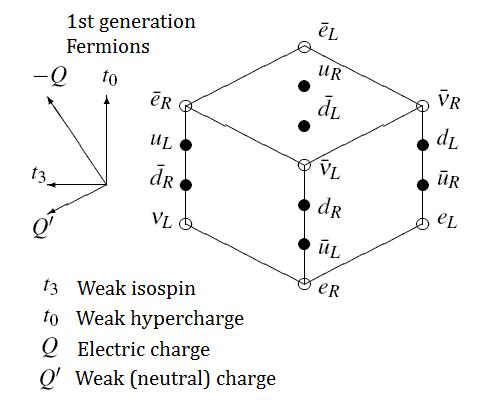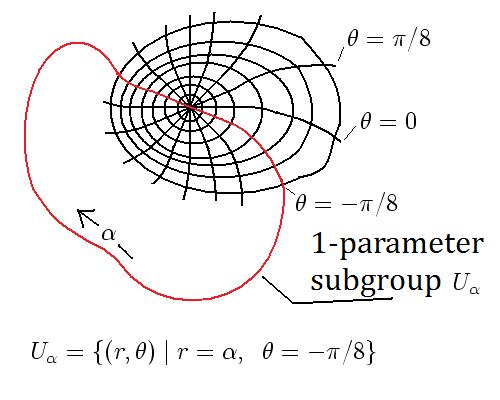In the comments to my previous post, Tony Smith asked where color came from in my use of the Clifford algebra C(4,1) as I didn’t explain it in my previous post. This is one of the 30 or so topics on which my guesses for the physics of sub elementary particles differs drastically from mainstream physics.
Crack(pot)s in the Foundations
The problem with making drastic changes to the foundations of physics is that the foundations are tightly woven together with very long threads. When you pull a thread out, you find that there is a neat whole left which just happens to be exactly the size and shape of the thread you pulled out. When you try to weave a new thread in a new direction starting in part of the hole left by the one you yanked out, you find that there are many other threads that get in the way. You have to pull those threads out too. And then these changes cascade to yet more changes.
By the time you are done, you will find that you have to rewrite the foundations completely. This is why people who mess with the foundations of physics are thought of as crackpots; they almost always are.


